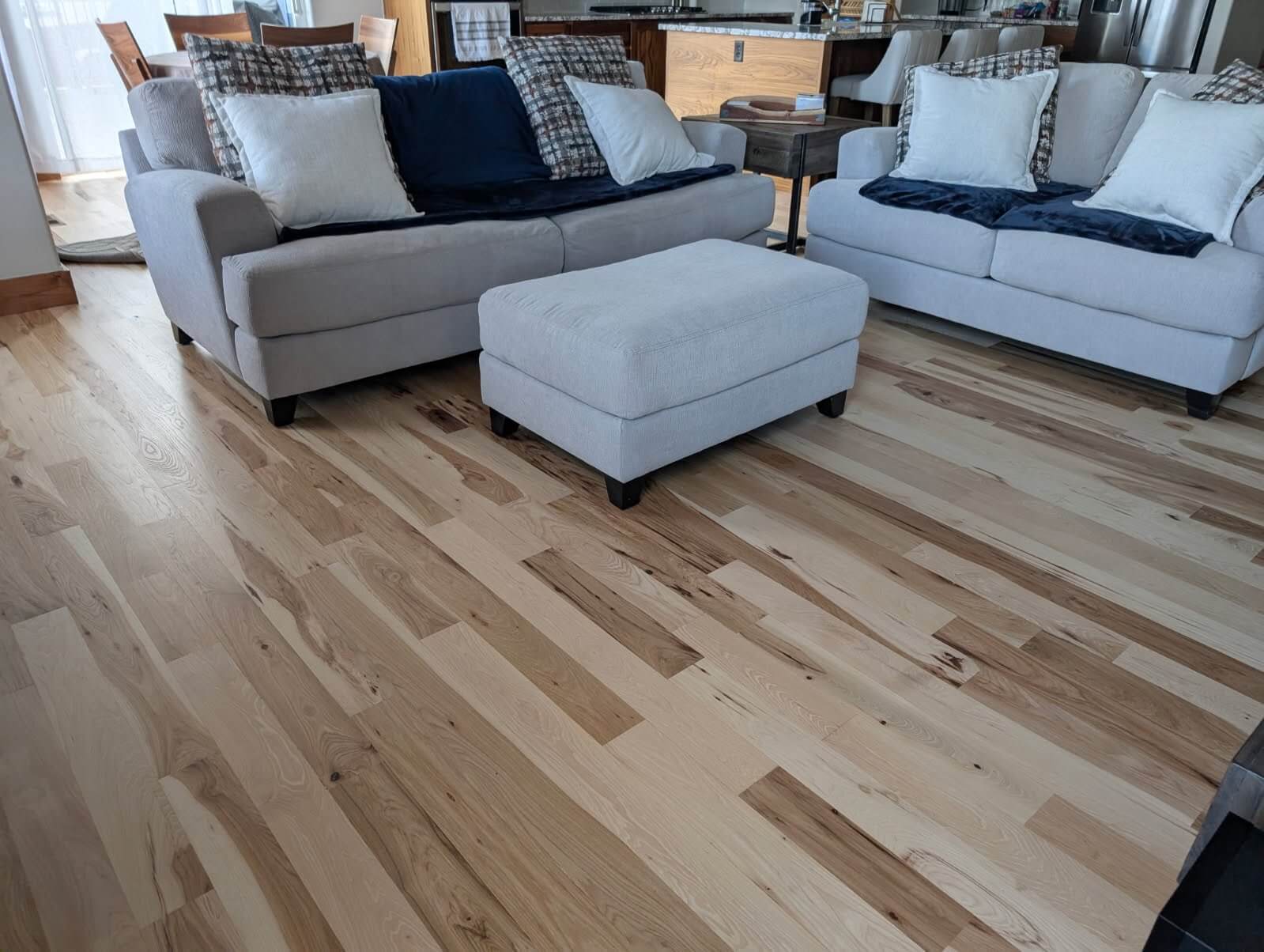Why Carpet is Bad for Air Quality and Health
Carpets are a popular flooring choice for their comfort and aesthetic appeal, but they can negatively impact indoor air quality and health. From trapping allergens to harboring volatile organic compounds (VOCs), carpets contribute to a range of respiratory and health issues. This blog post explores the key reasons why carpets may not be the best choice for a healthy home environment.
1. Allergen Accumulation
Carpets act like sponges, trapping dust, pet dander, pollen, and mold spores deep within their fibers. A 2018 study published in Allergy found that carpeted homes had significantly higher dust mite allergen levels compared to homes with hard flooring. These allergens can become airborne when disturbed by walking or vacuuming, triggering asthma, allergies, or respiratory irritation. Regular vacuuming helps, but it often fails to remove deeply embedded particles, leaving a persistent source of allergens.
2. Mold and Mildew Growth
Carpets in humid environments or areas prone to spills are breeding grounds for mold and mildew. Moisture trapped in carpet fibers creates an ideal environment for fungal growth, which releases spores that degrade air quality. According to a 2020 study in Indoor Air, mold in carpets was linked to increased respiratory symptoms in occupants. Once mold takes hold, it’s difficult to eradicate without professional cleaning or carpet replacement, posing a continuous health risk.
3. Volatile Organic Compounds (VOCs)
Many carpets, especially new ones, emit VOCs from adhesives, dyes, and synthetic fibers. These chemicals, such as formaldehyde, can off-gas for months, contributing to poor indoor air quality. The Environmental Protection Agency (EPA) notes that VOCs can cause eye and throat irritation, headaches, and, in some cases, long-term health effects. A 2019 study in Building and Environment found that carpeted rooms had higher VOC concentrations than those with hard flooring, particularly in poorly ventilated spaces.
4. Bacterial and Chemical Reservoirs
Carpets can harbor bacteria, pesticides, and other pollutants tracked in from outdoors. Over time, these contaminants accumulate, creating a reservoir of harmful substances. A 2021 study in Environmental Science & Technology revealed that carpets in urban homes contained elevated levels of polycyclic aromatic hydrocarbons (PAHs), linked to respiratory and carcinogenic risks. Vacuuming and cleaning can reduce these risks, but they rarely eliminate deeply embedded contaminants.
5. Maintenance Challenges
Maintaining carpets to minimize health risks requires frequent, thorough cleaning, which can be costly and time-consuming. Even with regular upkeep, carpets retain more pollutants than hard flooring, which is easier to clean and less likely to trap allergens or chemicals. For individuals with asthma or allergies, switching to hard flooring can significantly improve indoor air quality, as supported by findings in the Journal of Asthma (2022).
Conclusion
Carpets may add warmth to a home, but their impact on air quality and health is concerning. From allergens and mold to VOCs and bacteria, carpets pose risks that are hard to mitigate fully. For healthier indoor environments, consider hard flooring options like wood or tile, paired with area rugs that are easier to clean.
Sources
- Allergy, 2018: DOI:10.1111/all.13408
- Indoor Air, 2020: DOI:10.1111/ina.12652
- Building and Environment, 2019: DOI:10.1016/j.buildenv.2019.106204
- Environmental Science & Technology, 2021: DOI:10.1021/acs.est.0c06077
- Journal of Asthma, 2022: DOI:10.1080/02770903.2021.1923740
- EPA on VOCs: [www.epa.gov/indoor-air-quality-iaq/volatile-organic-compounds-impact-indoor-air-quality
